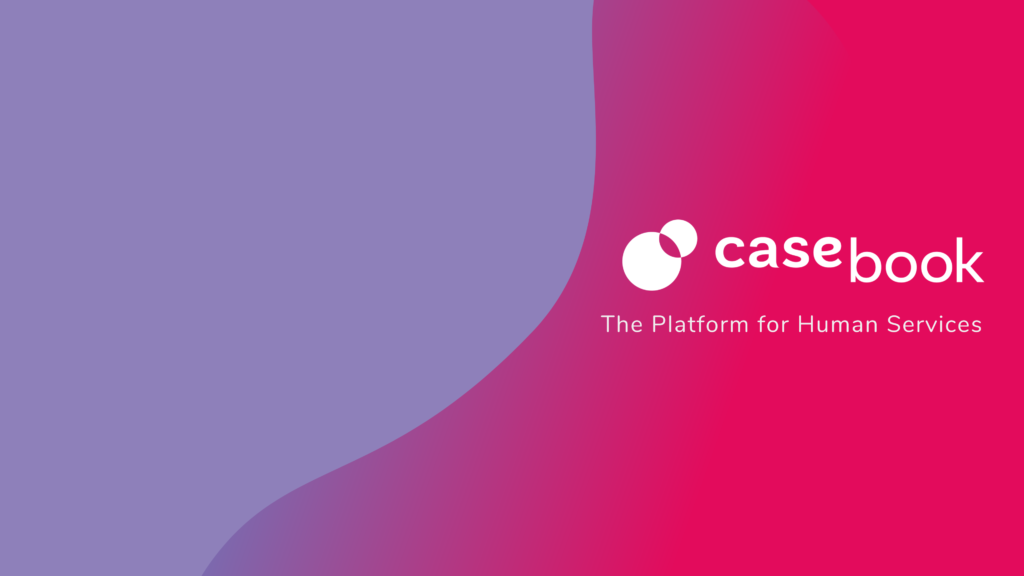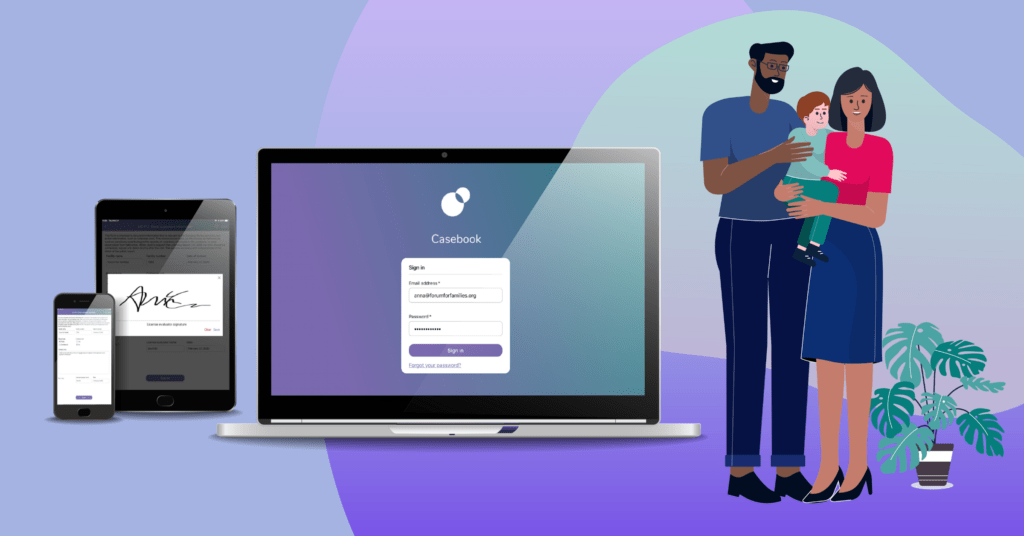Written by, Nicole Reece, Chief Product Officer
One month ago our company, like many others, was monitoring the spread of COVID-19 and considering our options. Because of our work developing a remote culture and our history of using SaaS tools to collaborate and iterate, we were able to make the decision based solely on the safety of our team, knowing they could support our mission from anywhere. It was not always this way.
I recently marked my 4th anniversary as a full-time remote employee at Casebook just as the rest of the world has quickly transitioned to virtual work. I have come to appreciate how much has changed, in the working world and in our company itself, to make our recent emergency full remote transition possible. Looking back, I see how various attempts at remote staffing over the years fell short, and how embracing a remote-model has re-shaped our culture, team and work for the better.
I had been a firm believer in on-site collaboration being the way to co-create the best products and to deliver business value to our customers. It seemed that everything from our client engagement to how we worked was centered around being in the room, connecting with other people, talking around a whiteboard, or a notebook.
About a decade ago, we first hired one full-time remote employee, and the results were middling. Technology did us few favors, as we tried many experiments like having a laptop with one remote worker constantly on so teammates could stop by and talk to their on-screen colleague – occasionally. Thinking back, remote workers were an after-thought — “Oh, we better login to the hangout, so-and-so may be joining.” Our team looked a lot like the stereotypical technology teams in focus today – homogeneous and predominantly male. While inclusion was a value, we struggled to build a representative team – in terms of gender, race & accessibility – and couldn’t figure out why. Looking back, our results should have come as no surprise.
When the founders of 37 signals/Basecamp published Remote – a seminal book on remote work – in 2013, I read it with disbelief that distributed teams could really work efficiently. At that time, I was back to work from my first maternity leave and was still conditioned to believe that our work had to be done together, in conversations – in an office.
Primary concerns I had with remote-work were:
- Trust issues (will teams do their work without each other to motivate them?)
- Distraction
- Bonding challenges
- Scheduling & coordination overhead.
- Security
But a few years later, after my third maternity leave, I gave it a second read as my life situation had changed, and I would soon need to relocate. I wondered how to stay committed to the mission I was dedicated to, and whether I would need to find work elsewhere.
When I made the decision to propose working remotely, my leadership team and CEO were incredibly supportive. I moved, stayed on, and came to the office once a week but otherwise worked fully remotely. We went on to let others in similar situations do the same, and slowly our staff “remotes” grew. We saw the benefits – lower overhead (smaller office, less rent), business continuity, employee morale, and productivity – manifest in our work.
Because of the nature of my work, I was open about some of the challenges remotes faced:
- Audio/video (hardware lacking, network issues)
- Remote meeting etiquette (too many people talking at once)
- Inability to see a whiteboard or other notes
- Difficulty in ‘reading the room’ and so on
And while our primary tools for doing work were cloud-based, we remotes struggled to be in sync with updates at the pace of those in office.
It was when our HR department started taking another look at our policies and our incremental progress in building that more inclusive company we knew we needed to develop problem-solving, innovative tools. As a leadership team, we started to understand the correlation between policies like flex time, work-from-home days, and the ability to attract employees who better represent the company we wanted to be. We found that our team became more diverse and that we attracted more moms because we support a work model that helps employees with family obligations.
At the same time, we had been slowly evolving our use of technology to make our virtual work more the norm than the exception. A new generation of work-related SaaS (cloud-based) tools had become mainstream, and our use of them evolved. Our own development work building our SaaS platform, Casebook, is modeled after these experiences, as we want human services professionals to have access to purpose-built cloud-based work tools that empower them to work wherever they may be.

